Chickenpox is a highly contagious viral infection caused by the varicella-zoster virus (VZV). It is characterized by a distinctive rash of itchy, fluid-filled blisters that cover the body. Chickenpox is primarily a childhood disease but can affect individuals of all ages who have not been previously vaccinated or exposed to the virus.
Understanding the basics of chickenpox is vital in recognizing and managing this common viral infection, promoting public health, and safeguarding vulnerable populations.
What is Chicken Pox?
Chickenpox, also known as varicella, is a very contagious disease caused by the varicella-zoster virus (VZV).
- Varicella is an acute infectious disease; it is caused by varicella-zoster virus (VZV), which is a DNA virus that is a member of the herpesvirus group.
- After the primary infection, VZV stays in the body (in the sensory nerve ganglia) as a latent infection.
- Primary infection with VZV causes varicella.
Pathophysiology
Chickenpox is usually acquired by the inhalation of airborne respiratory droplets from an infected host.
- The highly contagious nature of varicella-zoster virus (VZV) underlies the epidemics that spread quickly through schools.
- The varicella-zoster virus (VZV) is the etiologic agent of the clinical syndrome of chickenpox (varicella).
- After initial inhalation of contaminated respiratory droplets, the virus infects the conjunctivae or the mucosae of the upper respiratory tract.
- Viral proliferation occurs in regional lymph nodes of the upper respiratory tract 2-4 days after initial infection; this is followed by primary viremia on postinfection days 4-6.
- A second round of viral replication occurs in the body’s internal organs, most notably the liver and the spleen, followed by a secondary viremia 14-16 days post-infection.
- This secondary viremia is characterized by diffuse viral invasion of capillary endothelial cells and the epidermis.
- VZV infection of cells of the malpighian layer produces both intercellular edema and intracellular edema, resulting in the characteristic vesicle.
- Exposure to VZV in a healthy child initiates the production of host immunoglobulin G (IgG), immunoglobulin M (IgM), and immunoglobulin A (IgA) antibodies; IgG antibodies persist for life and confer immunity.
- After primary infection, VZV is hypothesized to spread from mucosal and epidermal lesions to local sensory nerves.
- VZV then remains latent in the dorsal ganglion cells of the sensory nerves.
- Reactivation of VZV results in the clinically distinct syndrome of herpes zoster (shingles).
Statistics and Incidences
Chickenpox is a common disease, with most cases occurring in the pediatric population.
- Since the introduction of widespread pediatric immunization in the United States in 1995, the incidence of varicella has declined significantly, approaching a decline of up to 90%.
- Mortality from varicella has also declined since the initiation of the US vaccination program, with mortality decreasing by approximately 66%.
- Countries with tropical and semitropical climates have a higher incidence of adult chickenpox than do countries with a temperate climate (eg, United States, Europe).
Causes
Chicken pox is a common childhood disease caused by:
- Varicella-zoster virus (VZV). Varicella-zoster virus (VZV) causes chickenpox infection; the virus is contagious to those around you for one to two days before your blisters appear; VZV remains contagious until all blisters have crusted over.
Clinical Manifestations
Chickenpox infection appears 10 to 21 days after exposure to the virus and usually lasts about five to 10 days.
- Rash. Once the chickenpox rash appears, it goes through three phases: raised pink or red bumps (papules), which break out over several days; small fluid-filled blisters (vesicles), forming from the raised bumps over about one day before breaking and leaking; and crusts and scabs, which cover the broken blisters and take several more days to heal.
- Fever. Fever is an accompanying symptom of chicken pox.
- Headache. Headache may appear one to two days before the rash.
- Body malaise. There is a feeling of generalized tiredness all over the body.
Assessment and Diagnostic Findings
Healthcare providers could readily diagnose varicella by doing a clinical assessment.
- Polymerase chain reaction (PCR) testing. The most sensitive method for confirming a diagnosis of varicella is the use of PCR to detect VZV in skin lesions (vesicles, scabs, maculopapular lesions).
- IgM testing. IgM testing is considerably less sensitive than PCR testing of skin lesions; commercial IgM assay may not be reliable and false negative IgM results are not uncommon; a positive IgM ELISA result, although suggestive of a primary infection, does not exclude re-infection or reactivation of latent VZV.
- Paired acute and convalescent sera. Paired acute and convalescent sera showing a four-fold rise in IgG antibodies have excellent specificity for varicella but are not as sensitive as PCR of skin lesions for diagnosing varicella.
- Blood testing. Most children with varicella have leukopenia in the first 3 days, followed by leukocytosis; marked leukocytosis may indicate a secondary bacterial infection but is not a dependable sign; significant elevations of alanine aminotransferase (ALT) occur in 20-50% of children and adolescents with varicella complicated by hepatitis, but elevations return to normal within one month in almost all cases.
- Tzanck smear. A Tzanck smear involves scraping the base of the lesions and then staining the scrapings to demonstrate multinucleated giant cells; the presence of multinucleated giant cells suggests a herpes virus infection but is not specific for varicella-zoster virus.
- Immunohistochemical staining. Immunohistochemical staining of skin lesion scrapings can confirm varicella.
Medical Management
Primary varicella infection in a healthy child is a rather benign disease that requires symptomatic therapy only.
Pharmacologic Therapy
The symptoms of chickenpox in the pediatric population can be treated topically and with oral agents.
- Antiviral therapy. The routine use of acyclovir or valacyclovir in healthy children is recommended by the AAP if it can be given within 24 hours after the rash first appears in children older than 12 years, those with chronic cutaneous or pulmonary disorders, those on long-term salicylate therapy, and children receiving corticosteroids.
- Varicella zoster immune globulin. Varicella zoster immune globulin (VariZIG by Cangene) was approved by the FDA in December 2012; it is indicated for high-risk individuals within 10 days (ideally within 4 days) of chickenpox exposure; this agent reduces complications and the mortality rate of varicella, not its incidence.
- Antibiotic therapy. Suspicion of a secondary bacterial infection should prompt the early institution of empirical antibiotic therapy until the results of culture studies become available.
Nursing Management
Treatment approaches include supportive measures, antiviral therapy, administration of varicella-zoster immune globulin (VZIG), and management of secondary bacterial infection.
Nursing Assessment
Assessment of a child with chicken pox includes the following:
- History taking. The history should elicit if a recent outbreak of chickenpox in the community has occurred and if any exposure to varicella at school, daycare, or among family members has occurred.
- Immunizations. It should also be noted whether the child has previously received the varicella vaccine or if the child is immunocompromised (including recent systemic steroid use) to help guide management.
- Immunocompromised child. immunocompromised children often have severe and complicated varicella, and their mortality rate is higher than that of immunocompetent children.
Nursing Diagnosis
Based on the assessment data, the major nursing diagnoses are:
- Hyperthermia related to viral infection.
- Impaired skin integrity related to mechanical factors (eg stress, tear, friction).
- Disturbed body image related to lesions on the skin.
- Deficient knowledge about the condition and treatment needs.
- Risk for infection related to damaged skin tissue.
Nursing Care Planning and Goals
Desired outcomes for a child with chicken pox include:
- Client will be comfortable as evidenced by the ability to rest.
- Client or caregiver will verbalize needed information regarding the disease, signs and symptoms, treatment, and possible complications of varicella zoster.
- Client will remain free of secondary infection, as evidenced by intact skin without redness or lesions.
- Client will have minimal risk for disease transmission through the use of universal precautions.
- Client will verbalize feelings about lesions and continues daily activities.
- Client will demonstrate positive body image, as evidenced by the ability to look at, talk about, and care for lesions.
Nursing Interventions
Interventions for a child with chicken pox include:
- Patient education. Educate parents about the importance and safety of the Varicella Zoster vaccine.
- Manage pruritus. Manage pruritus in patients with varicella with cool compresses and regular bathing; warm soaks and oatmeal or cornstarch baths may reduce itching and provide comfort.
- Trim fingernails. Trimming the child’s fingernails and having the child wear mittens while sleeping may reduce scratching.
- Dietary measures. Advise parents to provide a full and unrestricted diet to the child; some children with varicella have reduced appetite and should be encouraged to take sufficient fluids to maintain hydration.
Evaluation
All goals are met as evidenced by:
- Client is comfortable as evidenced by the ability to rest.
- Client or caregiver verbalized needed information regarding the disease, signs and symptoms, treatment, and possible complications of varicella zoster.
- Client remained free of secondary infection, as evidenced by intact skin without redness or lesions.
- Client had minimal risk for disease transmission through the use of universal precautions.
- Client verbalized feelings about lesions and continues daily activities.
- Client demonstrated positive body image, as evidenced by the ability to look at, talk about, and care for lesions.
Documentation Guidelines
Documentation for a child with chicken pox includes:
- Temperature and other assessment findings, including vital signs and state of mentation.
- Characteristics of lesions or condition.
- Causative and contributing factors.
- Impact of condition on personal image and lifestyle.
- Current or recent antibiotic therapy.
- Plan of care.
- Teaching plan.
- Responses to interventions, teaching, and actions performed.
- Attainment or progress towards desired outcomes.
- Modifications to plan of care.
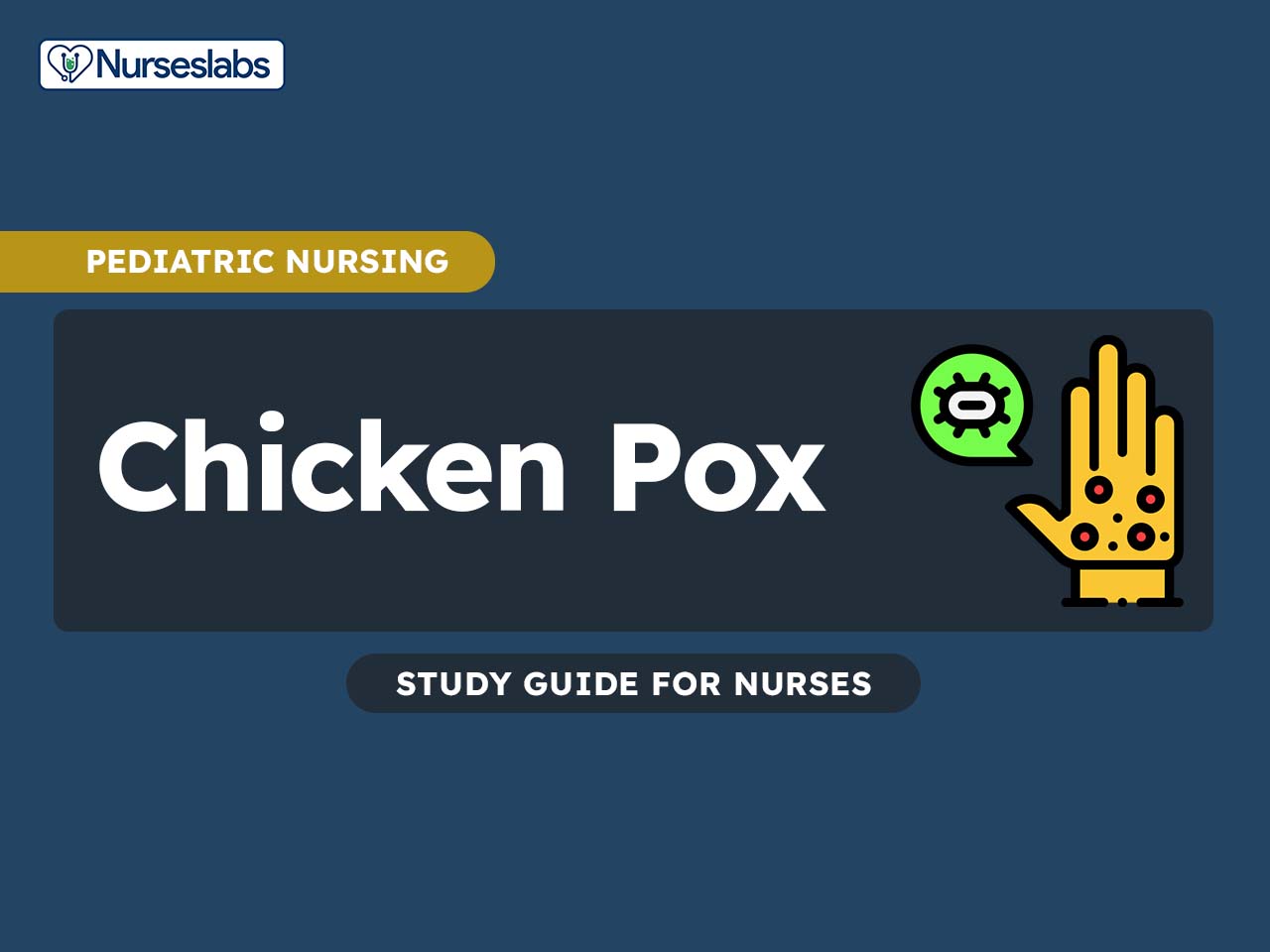


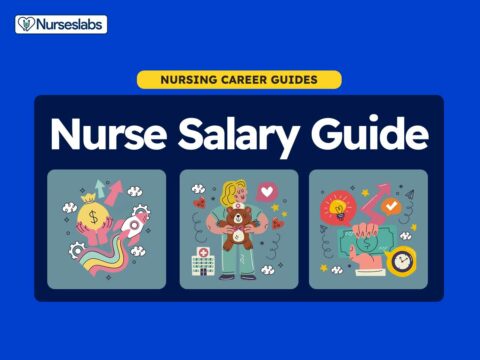

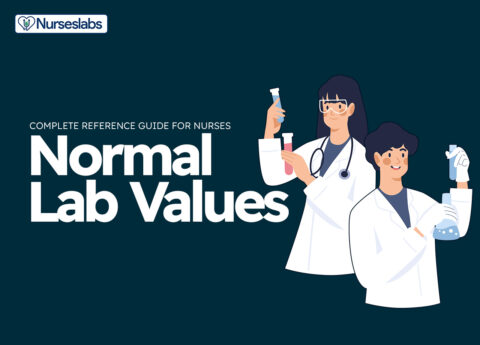
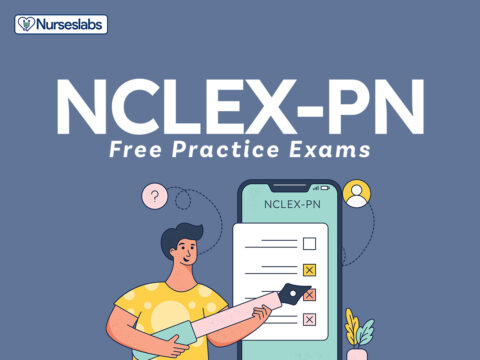

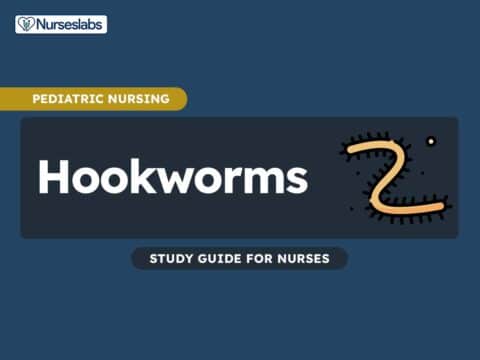
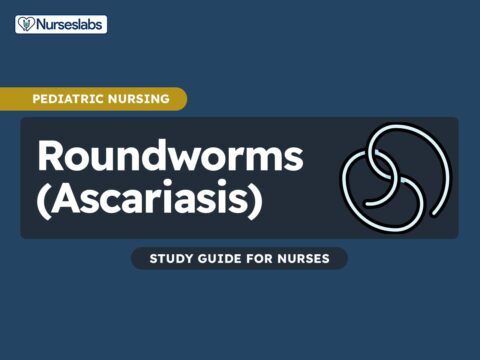
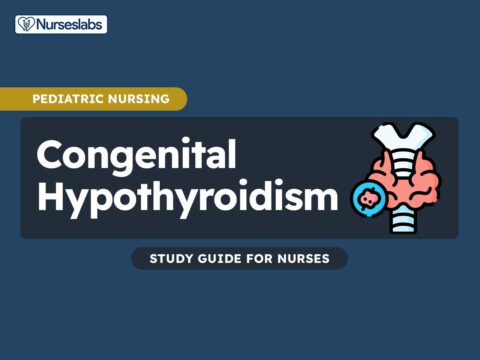
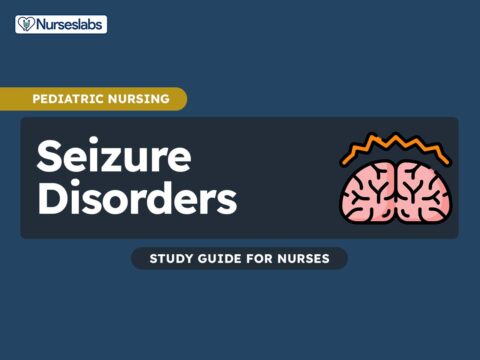
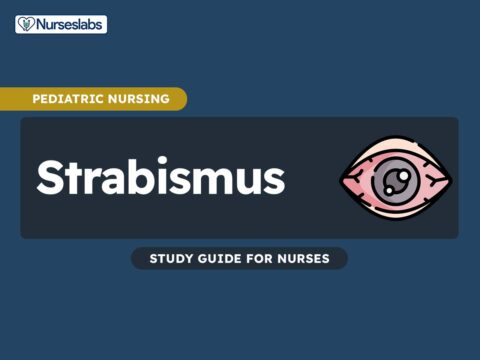
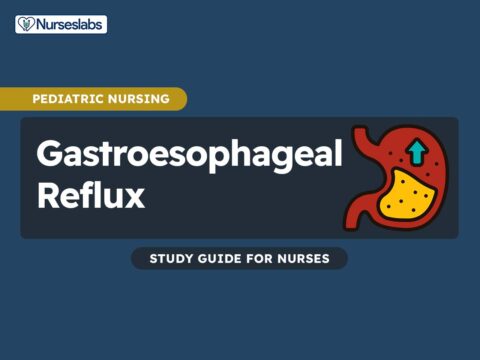

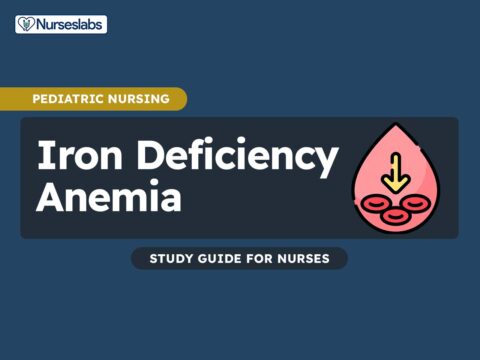


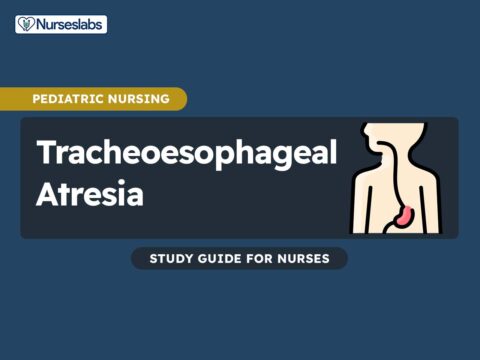

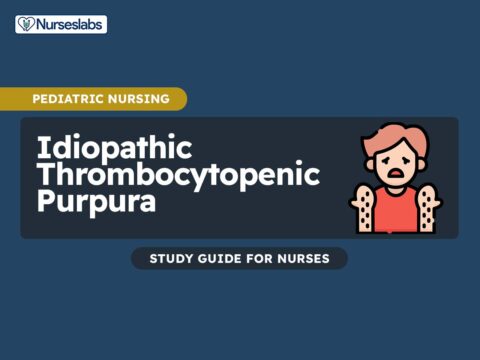

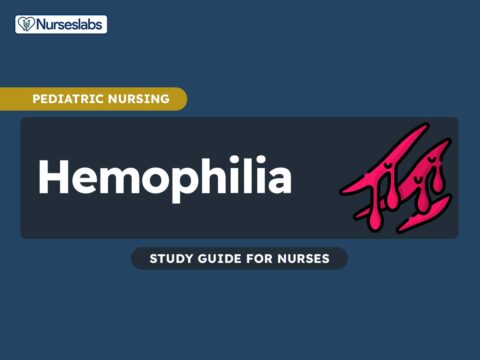

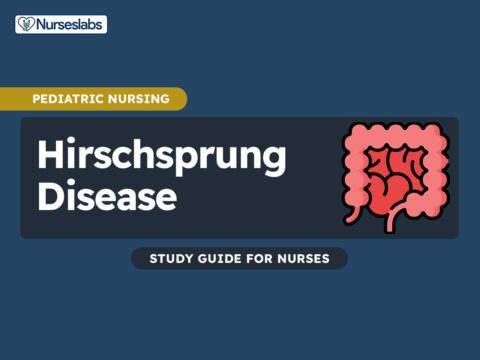
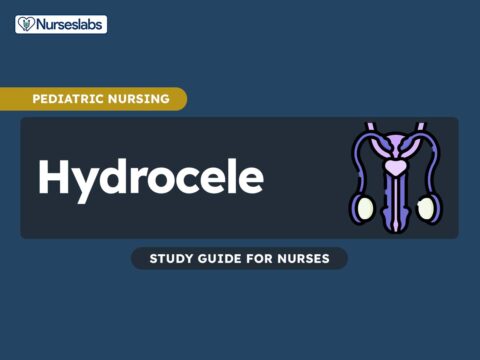

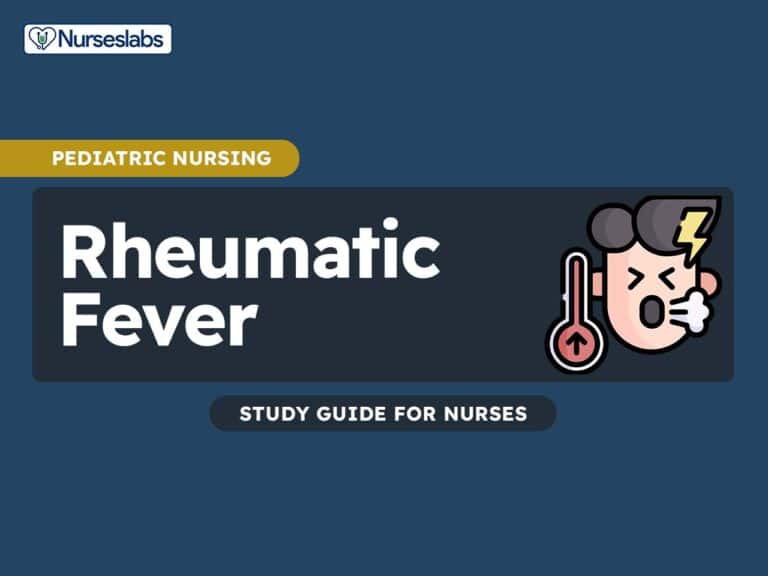

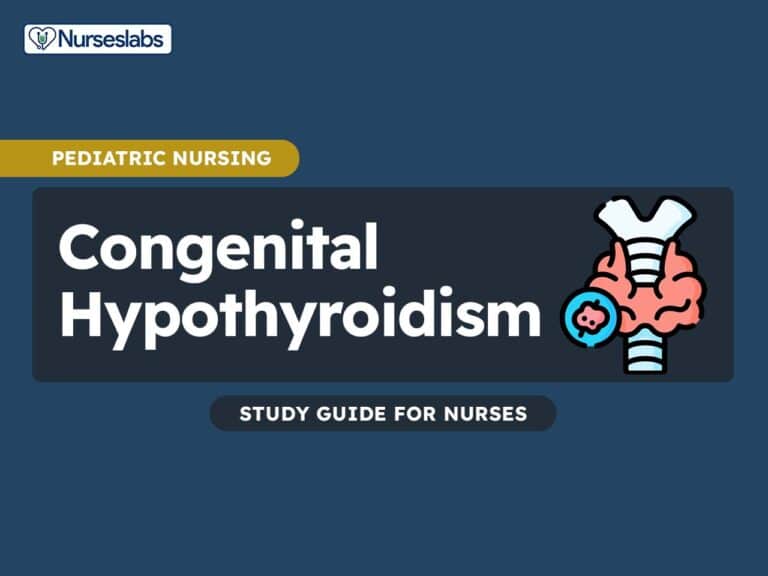

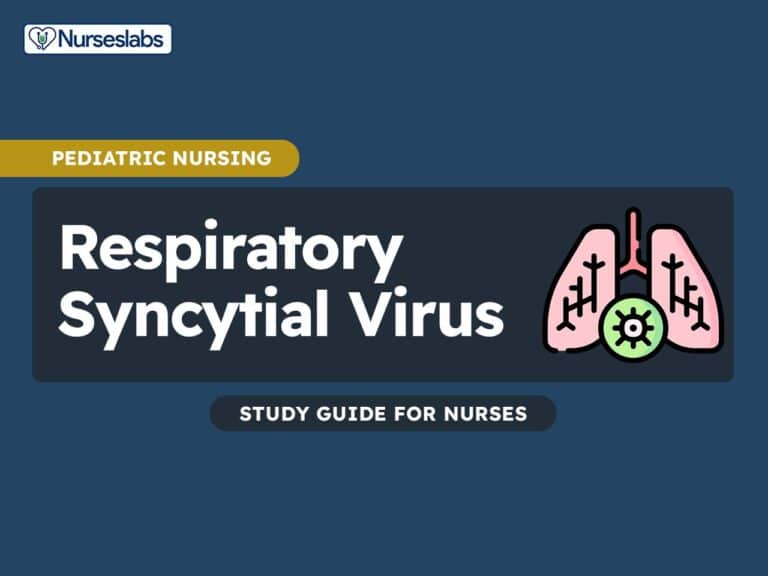




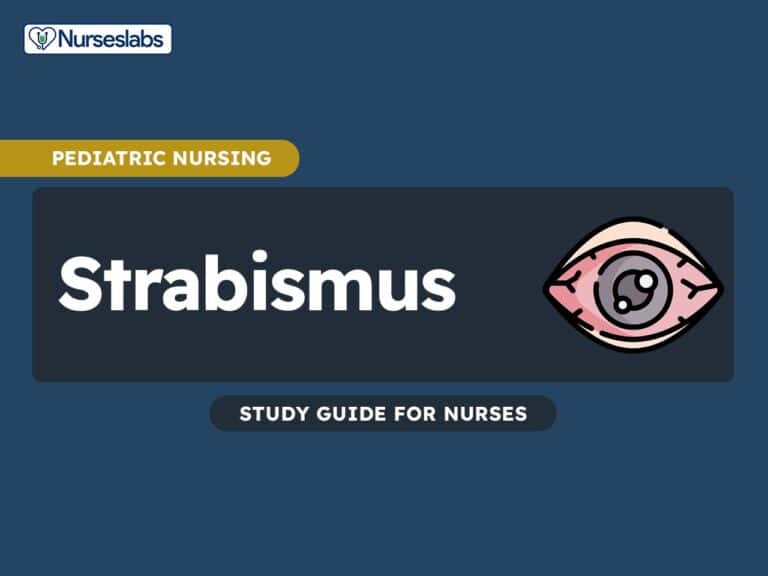
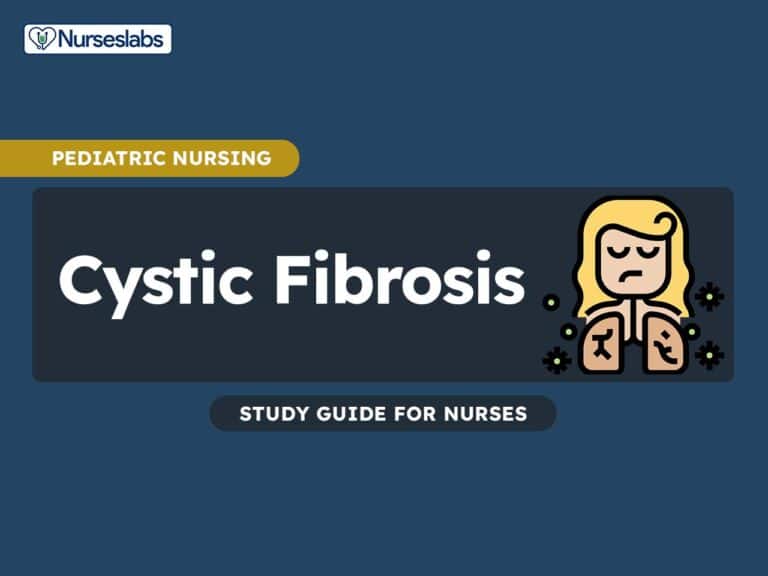
Leave a Comment